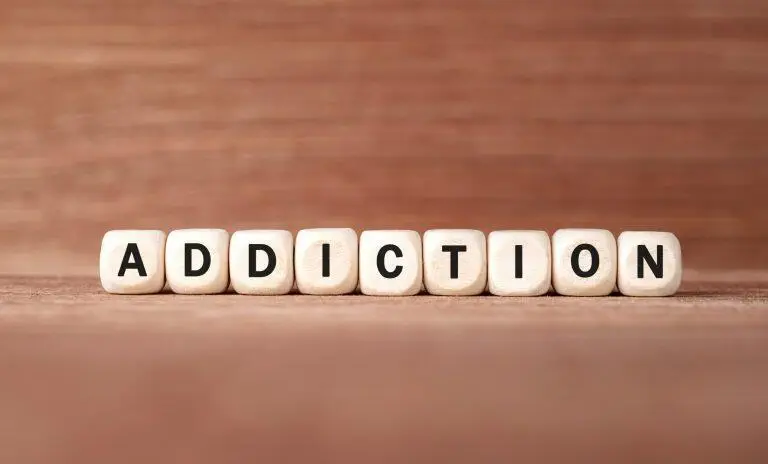
Sugar is everywhere. So it is no wonder that so many people are addicted to the stuff.
In fact, most people who are sugar addicts won’t even know it. But if their habits are looked at it can be clearly seen that their go-to “fix” is sugar-laden foods and drinks.
Emotional dependence on sugar – sugar addiction – is an increasing problem. Part of the reason for this is that the food industry knows sugar in a product makes people want it more.
Sugar works the addiction and reward pathways in the brain in much the same way as many illegal drugs. Sugar releases dopamine – we get “high”.
But this high and a burst of energy will be short-lived – and then there’s the crash. When people don’t like this feeling they will often reach for more sugary stuff.
Sugar is a sweet crystalline substance obtained from various plants, especially sugar cane and sugar beet. Types of sugar include lactose, glucose, sucrose and fructose.
Sugars such as glucose and fructose are naturally found in fruits and vegetables. But for many of us the most common type of sugar we eat are those added to cookies, cakes, chocolate, pies, desserts and certain drinks.
The American Heart Association (AHA) states that added sugars contribute additional calories and zero nutrients to food and that our bodies do not need sugar to function.
It recommends women should consume no more than six teaspoons and men no more than nine teaspoons from added sugars in a day. Yet even one can of soda can contain seven or more teaspoons of sugar.
What is addiction?
An addiction is the overwhelming craving to use or do something to change the way someone feels and/or to block out something, such as childhood trauma.
Sex, work, gambling, alcohol, drugs and many other things are addictive. Having an addiction can be defined as being seemingly unable to stop something that is detrimental to the person and/or others.
Alcohol addiction was first recognized as an illness in the 1950s by the American Medical Association (AMA). This was important as it applies to all forms of addiction – including sugar addiction.
Dopamine receptors in the brain light up when we have sugar, which is similar to when someone drinks alcohol addictively.
Dopamine is a neurotransmitter that leads to adrenaline. It’s one of the physical changes some people crave.
In common with many other illnesses, addiction is believed to be the result of an intricate combination of behavioral, environmental and biological factors. Likewise an excess of sugar can mean negative physical consequences.
Negative effects of too much sugar include:
- Fatigue.
- Migraines.
- Rashes.
- Anxiety.
- Acid reflux.
- Irritable bowel syndrome.
- Joint pain.
- Obesity.
- High blood pressure.
- Diabetes.
- Links to some cancers.
- Tooth decay.
- Stress.
- Poor complexion.
- Cardiovascular disease.
Best ways to beat sugar addiction
It is completely achievable to beat any addiction, including one to sugar. This is despite certain addiction myths that are frequently heard.
These include such as “only a certain type of person is at risk of addiction” or “all it takes is willpower to quit an addiction”.
Rather than willpower, stopping an addiction and staying stopped is much more to do with looking into why the forceful urge to use is there in the first place. Under the guidance of a professional expert anyone addicted to anything can work through a structured process that will enable them to stop being dependent.
One major difficulty with sugar addiction is that unlike addictions to such as alcohol, gambling or drugs you cannot totally quit. We need food and drink.
So it’s useful to learn which foods and drinks contain the most sugar. It’s also important to know that food, especially sugar, is often used as a short-term fix for emotional issues.
For instance, many people suffering from such as anxiety or depression will try to make themselves feel better by abusing sugar. It is never an effective solution.
Many who quit sugar find at first that they have withdrawal symptoms. These include changeable moods, irritability, low energy and mind fogginess.
Consequently, for some people it’s more beneficial to slowly lessen their sugar intake. After careful listening, a therapist can guide each individual.
Some ways to cut down and quit include:
- Make a date – commit to cut down or quit.
- Stop sweetening teas and coffees and don’t drink juice.
- Quit or reduce alcohol. It’s laden with sugars and can lower resolve.
- Avoid foods such as cookies, sugary cereals and cakes – even if it’s for someone’s birthday or other celebration.
- Eat carbs including eggplant, mushrooms, asparagus and green beans.
- Eat protein such as nuts, eggs and fish.
- Learn how to relax and avoid stress. This is because stress can cause hunger pangs for sugar. Anxiety and sugar craving also often have a direct connection.
- Sleep for eight hours a night. Feeling tired can lead to wanting a sugar “boost”.
For avoiding stress and anxiety our recovery oasis here right by a tranquil lake is ideal. Florida’s year-round sunny climate is also a great advantage for recovery.
We also ensure all of our guests eat just the right nutritional food for them. You can trust our gourmet chef who has more than 30 years of culinary expertise.
At Tikvah Lake we always offer individualized treatment plans that will work best for every guest. These include our 10-Day Executive Treatment and 30-90 Day Personalized Treatment programs.
Get in touch with one of our team today to discover what we can do to help you or someone you care about.



Leave a comment